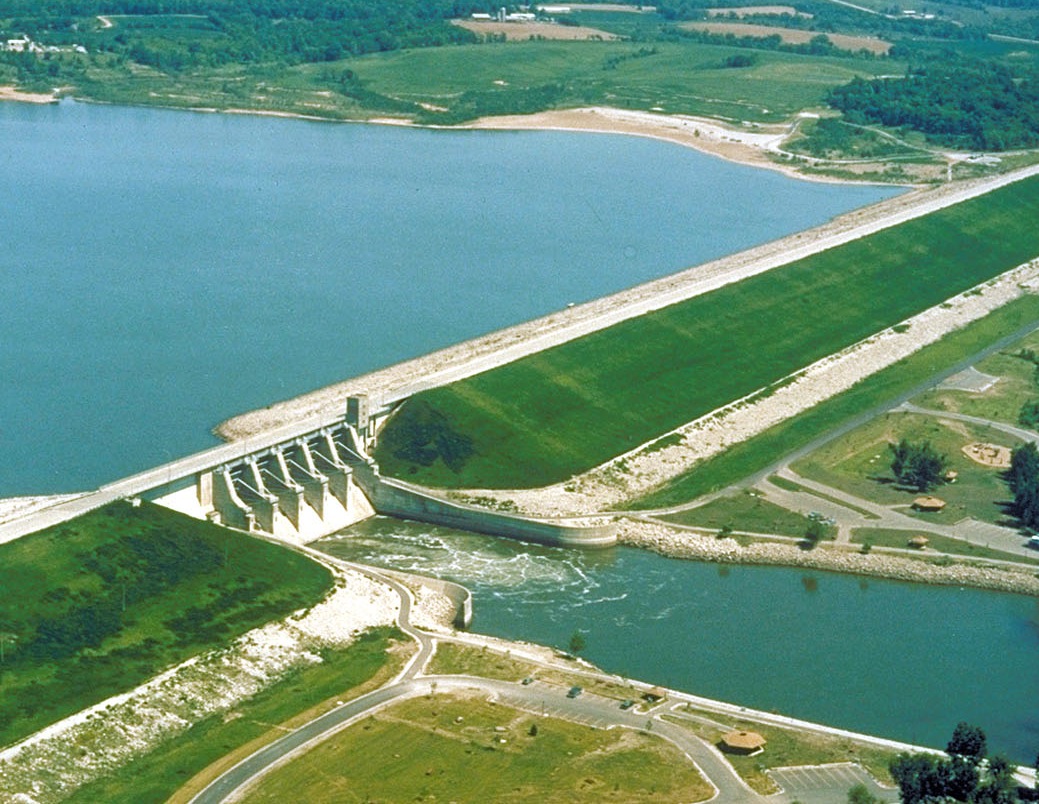
performance.govA 46-megawatt hydroelectric facility is being built at Red Rock Lake in Iowa.
Flooding an area with a new reservoir to produce hydropower would seldom, if ever, be a popular idea with environmentalists. But what about the thousands of existing reservoirs that serve other purposes in America — the ones that control floods, entertain boaters, and store drinking water?
Funneling water from those reservoirs over newly installed turbines could be a relatively benign way of boosting zero-carbon hydroelectric power supplies.
That’s the logic that the Obama Administration has adopted as it’s worked with agencies and private utilities to tap underutilized hydropower generation potential, part of its “all of the above” approach to energy policy.
And it seems to be working.
The AP reports that the Federal Energy Regulatory Commission issued 25 hydropower operating permits last year — the most since 2005. And it issued 125 preliminary permits last year, up from 95 the year before. There are 60,000 megawatts worth of preliminary permits and projects awaiting approval nationwide.
“I’ve never seen those kinds of numbers before,” said Linda Church Ciocci, executive director of the National Hydropower Association. “We’re seeing a significant change in attitude.” From the AP article:
The Department of Energy concluded last year that the U.S. could boost its hydropower capability by 15 percent by fitting nearly 600 existing dams with generators.
Most of the potential is concentrated in 100 dams largely owned by the federal government and operated by the Army Corps of Engineers. Many are navigation locks on the Ohio, Mississippi, Alabama and Arkansas rivers or their major tributaries.
The state with the most hydropower potential is Illinois, followed by Kentucky, Arkansas, Alabama, Louisiana, and Pennsylvania. Rounding out the top 10 are Texas, Missouri, Indiana, and Iowa, the study concluded.
The AP reports that it costs more to build a hydropower plant than a natural gas-fired facility, but unlike natural gas, the kinetic energy in the flowing water that fuels a hydropower plant is basically free.




